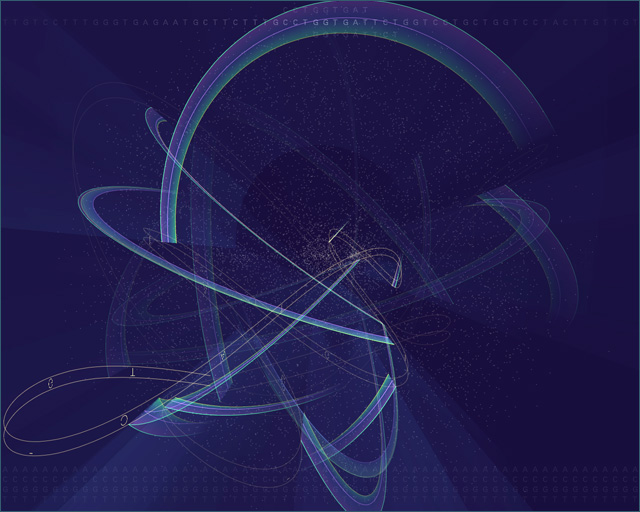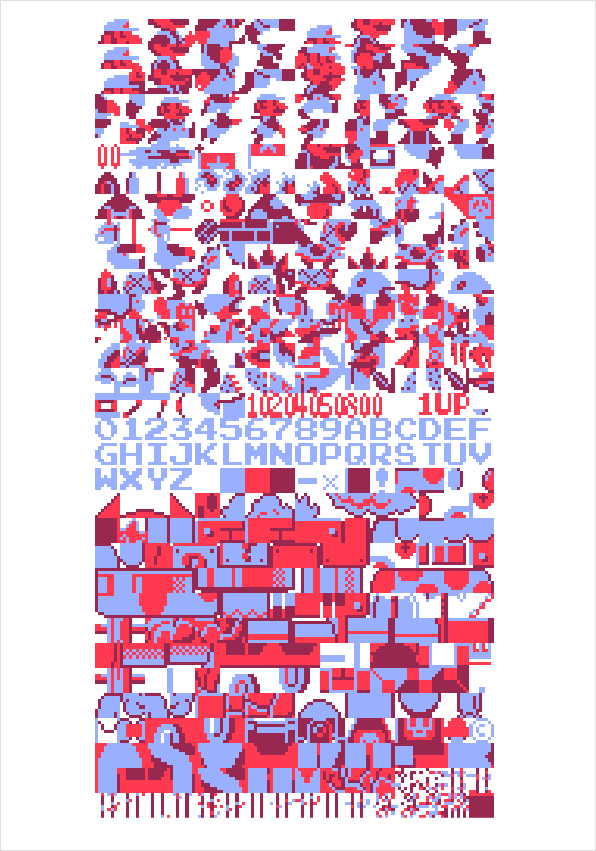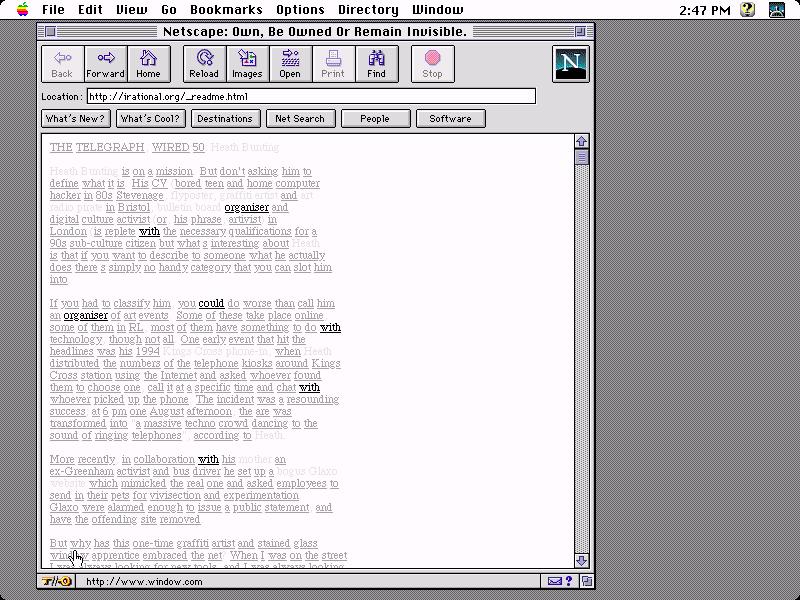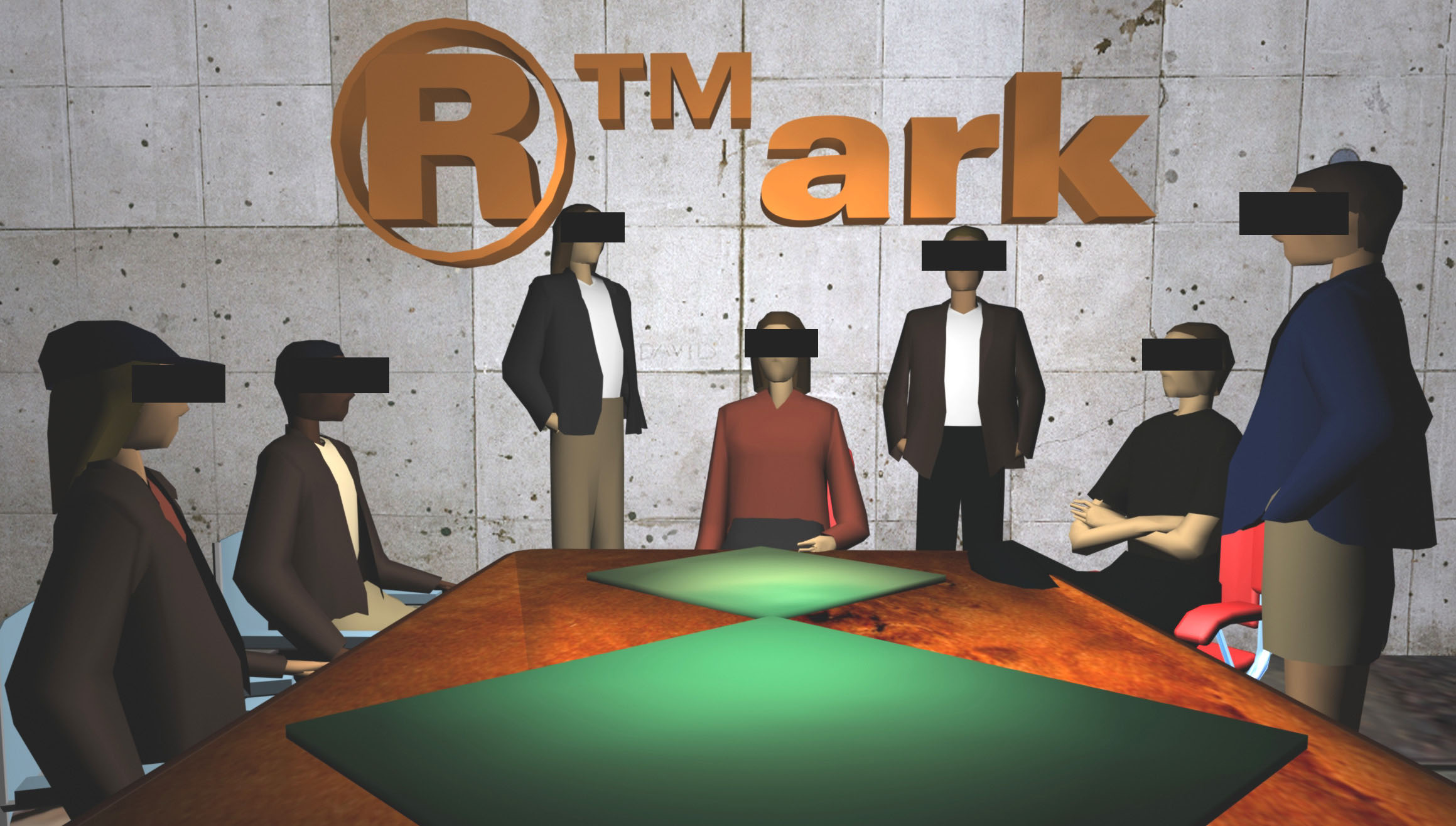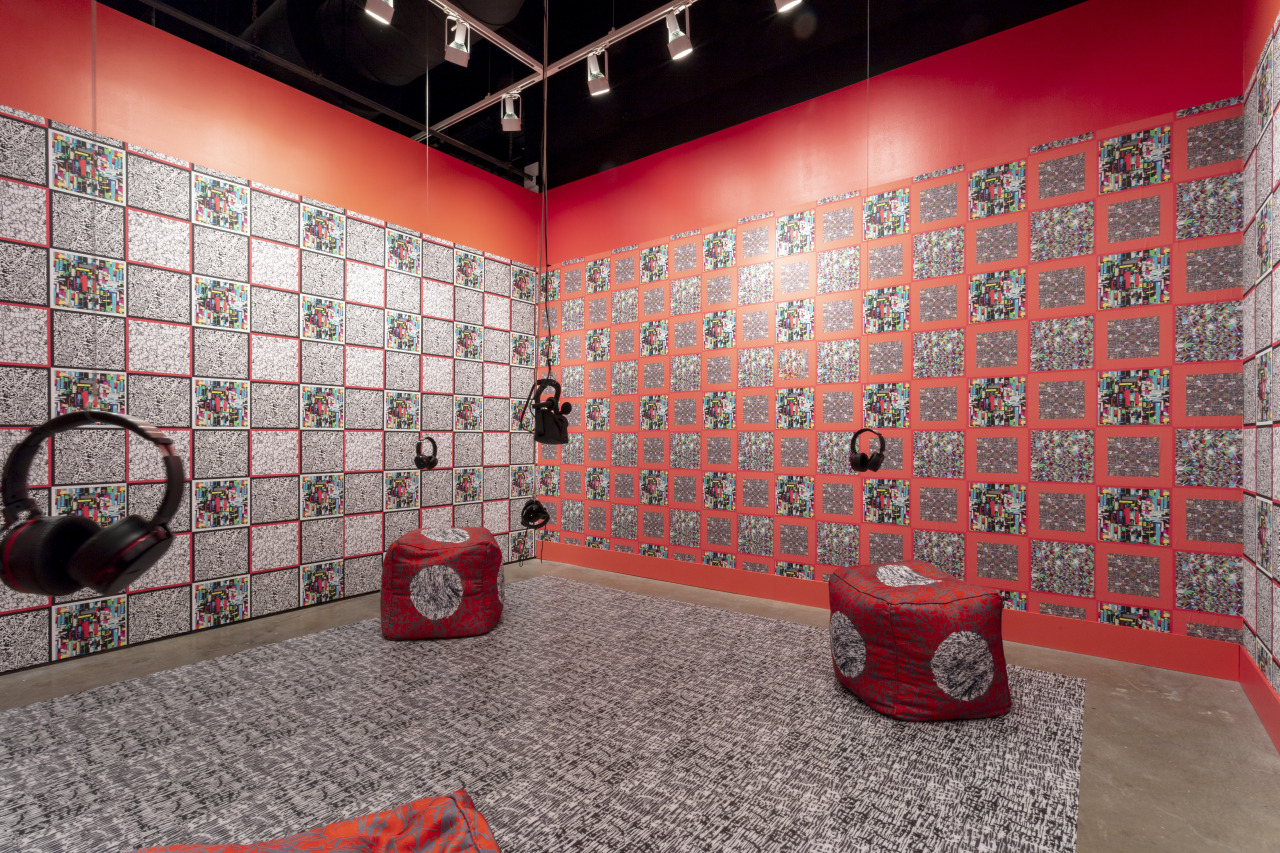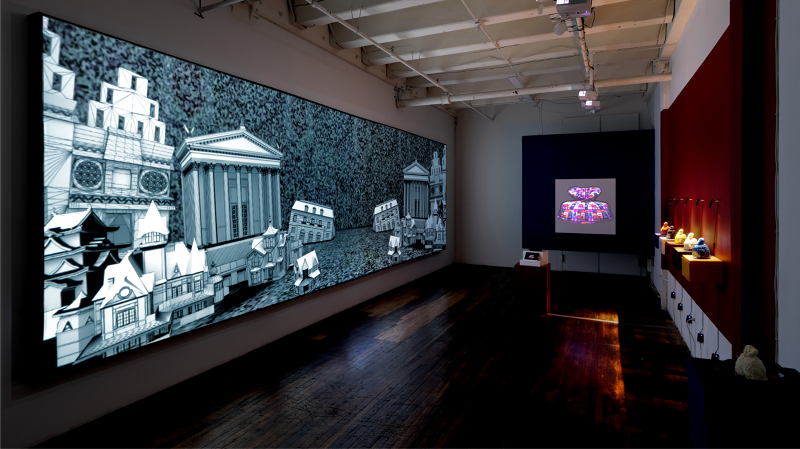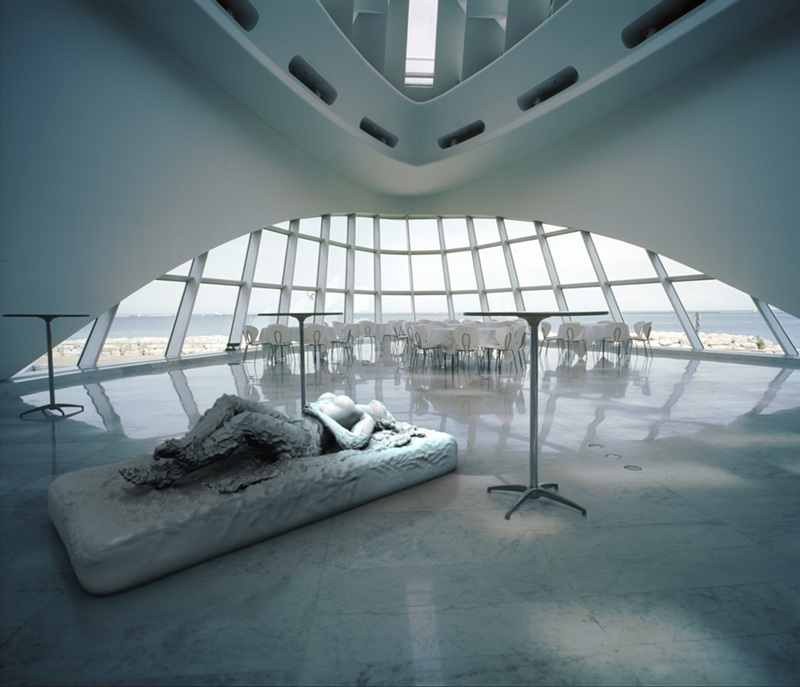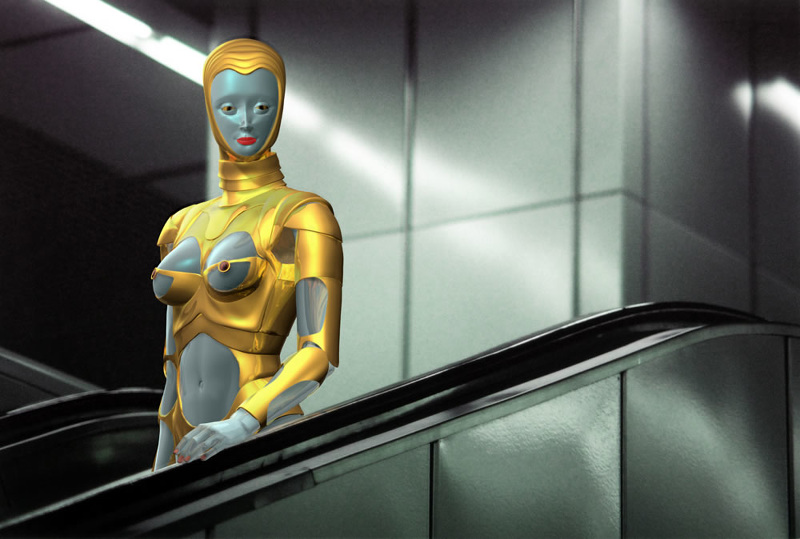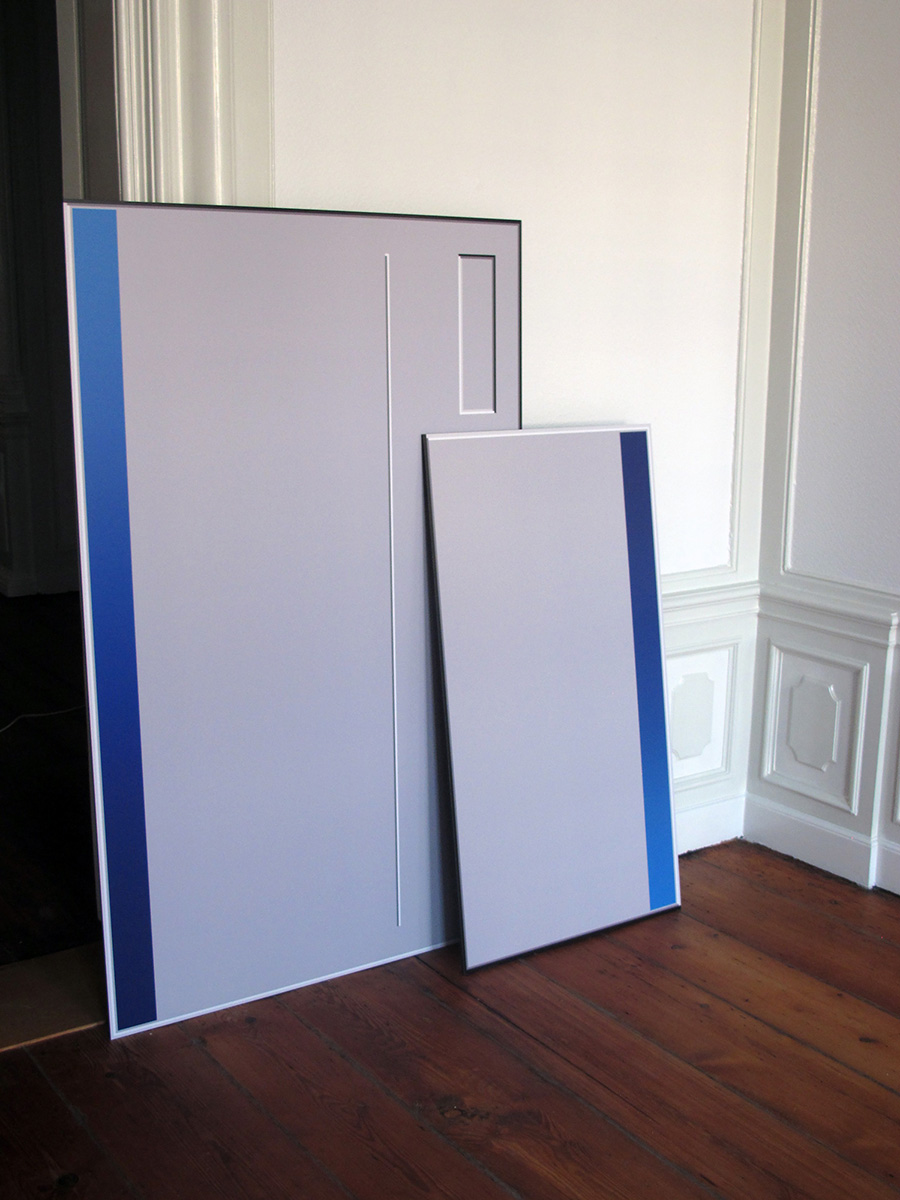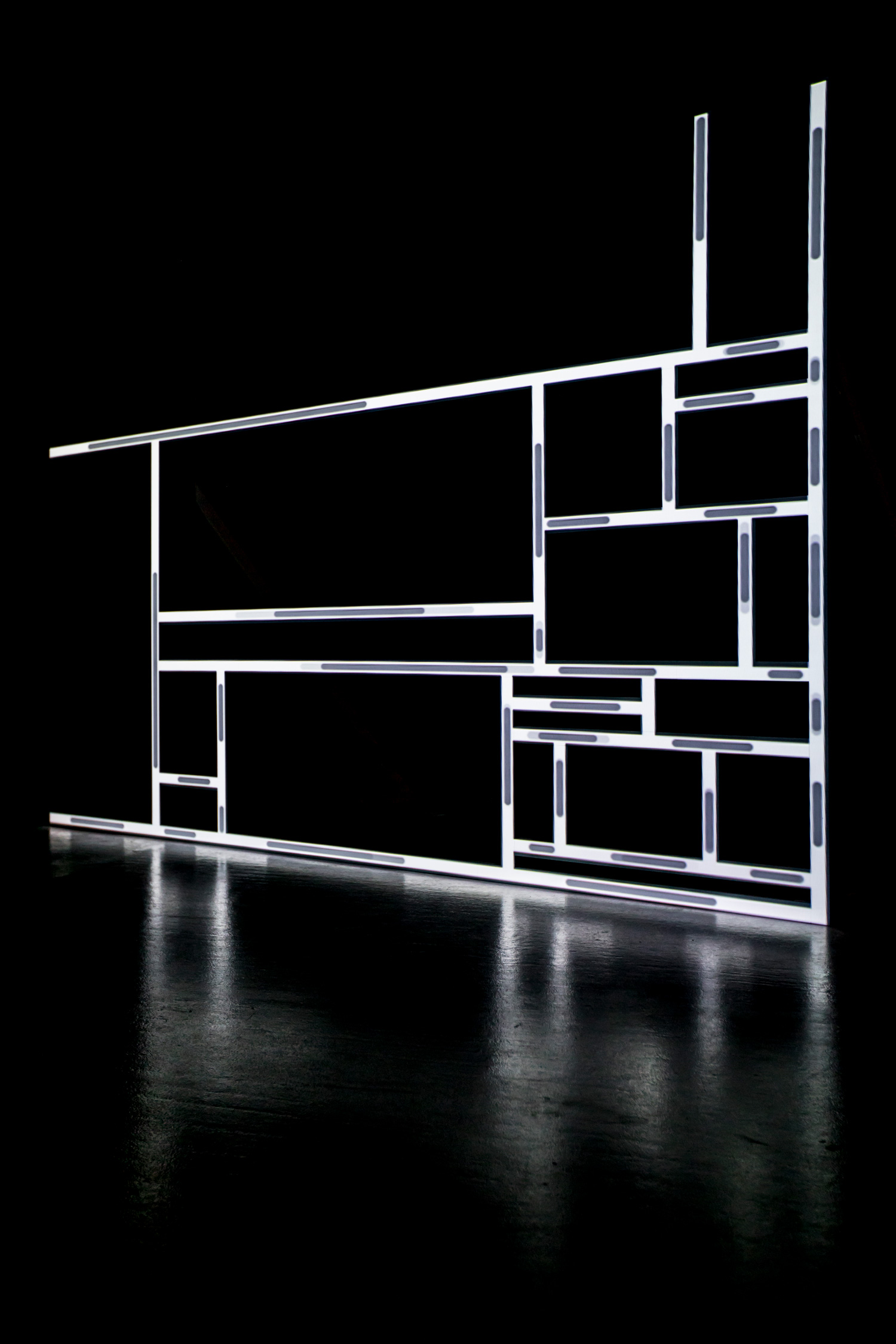Benjamin Fry (born 1975) is an American expert in data visualization. He is a principal of Fathom, a design and software consultancy in Boston, Massachusetts. He is also a co-developer of Processing, an open-source programming language and integrated development environment (IDE) built for the electronic arts and visual design communities with the purpose of teaching the basics of computer programming in a visual context. The Processing design environment developed together with Casey Reas won a Golden Nica from the Prix Ars Electronica in 2005.[1]
Heath Bunting is a British artist based in Bristol, UK. His work focuses on the development of open democratic and communication systems and social structures on the internet and in the public space. He has has worked in graffiti, performance, intervention, pirate radio, fax/ mail art, and BBS systems to become an active participant in the explosion of the internet.[1]
He is the founder of the site irational.org (with Daniel García Andújar, Rachel Baker and Minerva Cuevas) and was one of the early practitioners in the 1990s of Net.art. Bunting's work is based on creating open and democratic systems by modifying communications technologies and social systems. His work often explores the porosity of borders, both in physical space and online.[2]
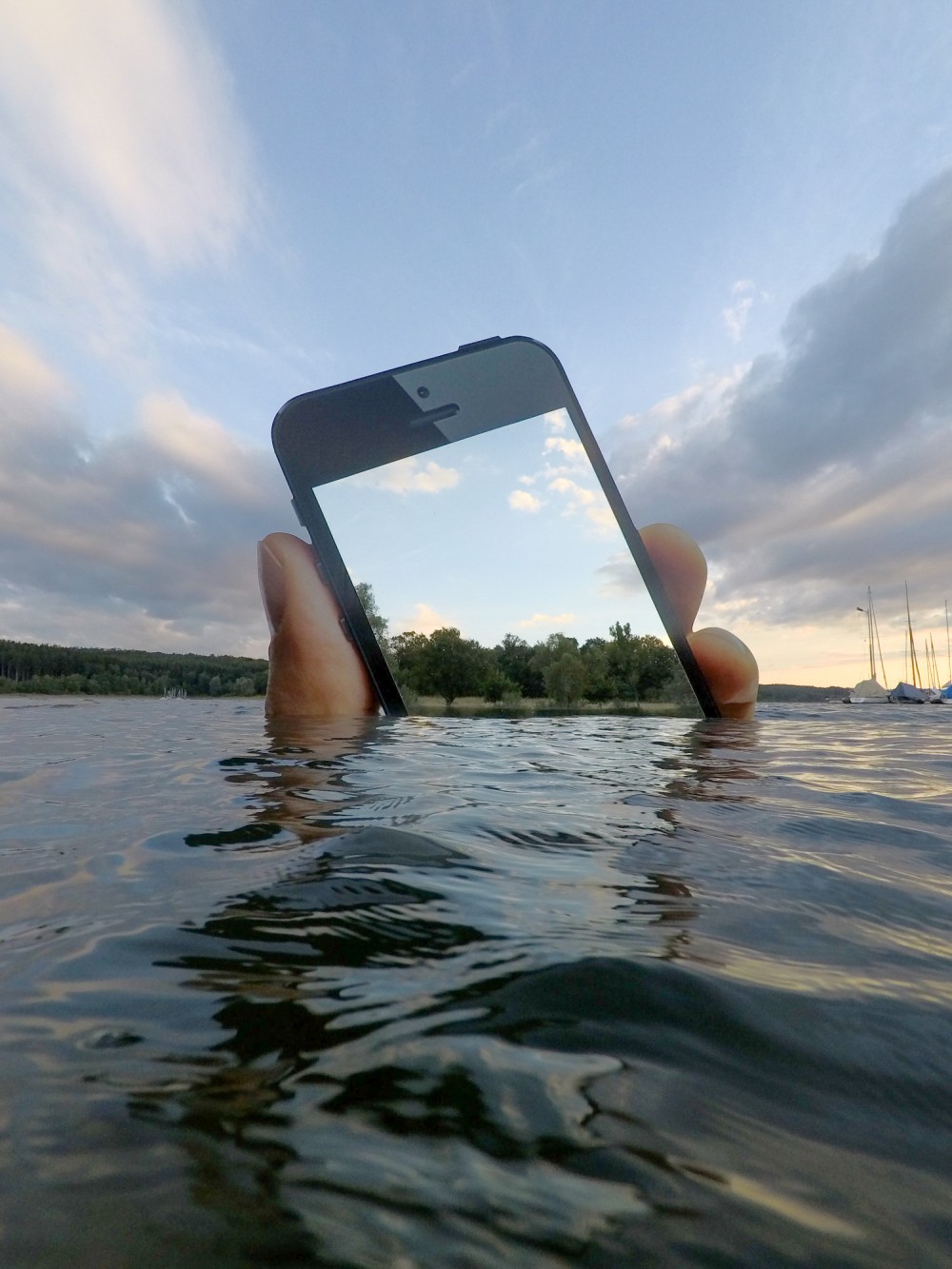 Obsolete Presence, 2017
Obsolete Presence, 2017
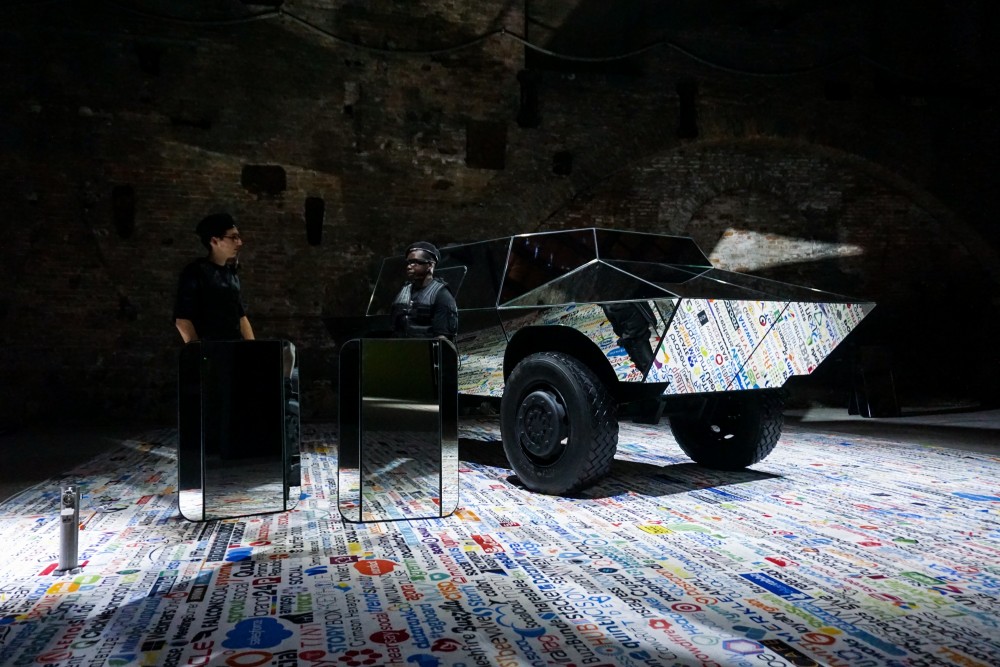 WannaCry (Weeping Angels), 2017
WannaCry (Weeping Angels), 2017
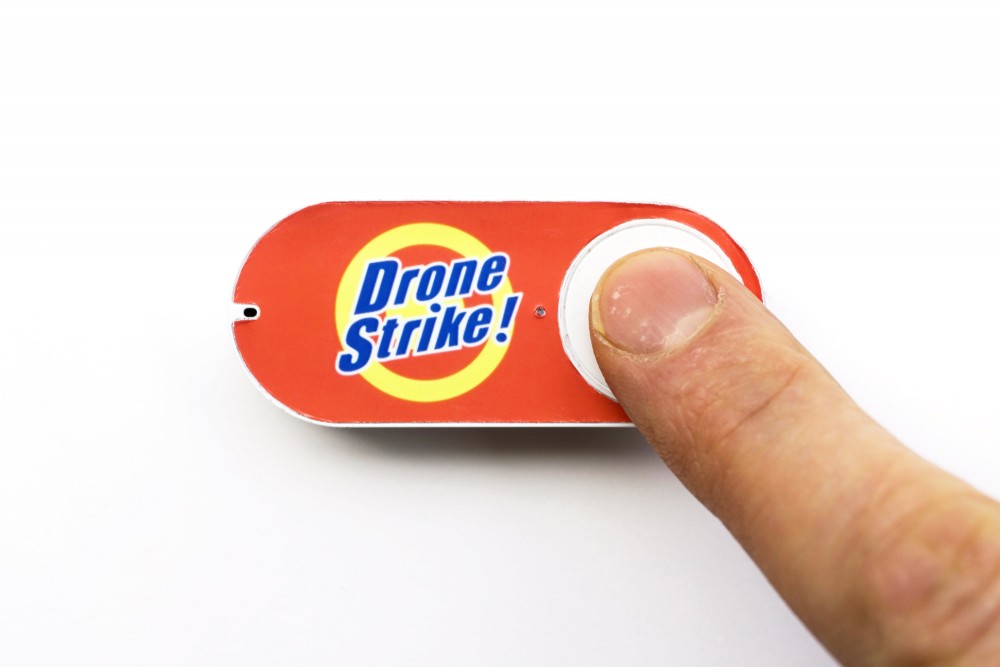 Never Worry Again, 2017
Never Worry Again, 2017
 Map, 2006–2013
Map, 2006–2013
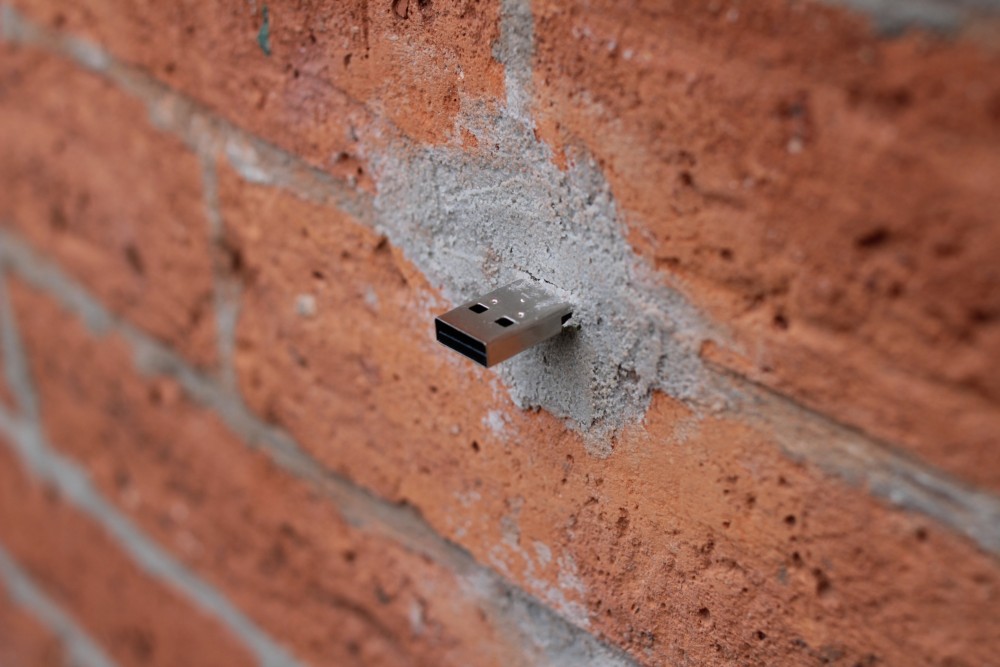 Dead Drops, 2010–ongoing
Interview with Aram Bartholl, Digital Vasari
Dead Drops How-to
Dead Drops, 2010–ongoing
Interview with Aram Bartholl, Digital Vasari
Dead Drops How-to
Aram Bartholl’s work creates an interplay between internet, culture and reality. How do our taken-for-granted communication channels influence us? Bartholl asks not just what humans are doing with media, but what media is doing with humans. Tensions between public and private, online and offline, techno-lust and everyday life are at the core of his work and his public interventions and installations, often entailing surprisingly physical manifestations of the digital world, challenge our concepts of reality and incorporeality. Bartholl has exhibited at MoMA Museum of Modern Art NY, Skulptur Projekte Münster, Palais de Tokyo, Hamburger Bahnhof and the Thailand Biennale among other as well as conducting countless workshops, talks and performances internationally. Bartholl lives and works in Berlin.[1]
RTMark (derived from "Registered Trademark") is an activist collective that subverts the "Corporate Shield" protecting US corporations.
RTMark is itself a registered corporation which brings together activists who plan projects with donors who fund them. It thus operates outside the laws governing human individuals, and benefits from the much looser laws governing corporation. [1]
What does ®TMark do?
®TMark receives project ideas from internet users, then lists them (here). Each listed project has its own discussion list (linked from the project). When a project requires a bit of funding to be accomplished, sometimes investors will step up to the plate and offer their help. Even more often, people will offer non-financial help or feedback.
How is ®TMark defined, in legal terms?
®TMark is a brokerage that benefits from «limited liability» just like any other corporation; using this principle, ®TMark supports the sabotage (informative alteration) of corporate products, from dolls and children's learning tools to electronic action games, by channelling funds from investors to workers for specific projects grouped into "mutual funds."
So ®TMark is just a corporation?
®TMark is indeed just a corporation, and benefits from corporate protections, but unlike other corporations, its ‹bottom line› is to improve culture, rather than its own pocketbook; it seeks cultural profit, not financial. [2]
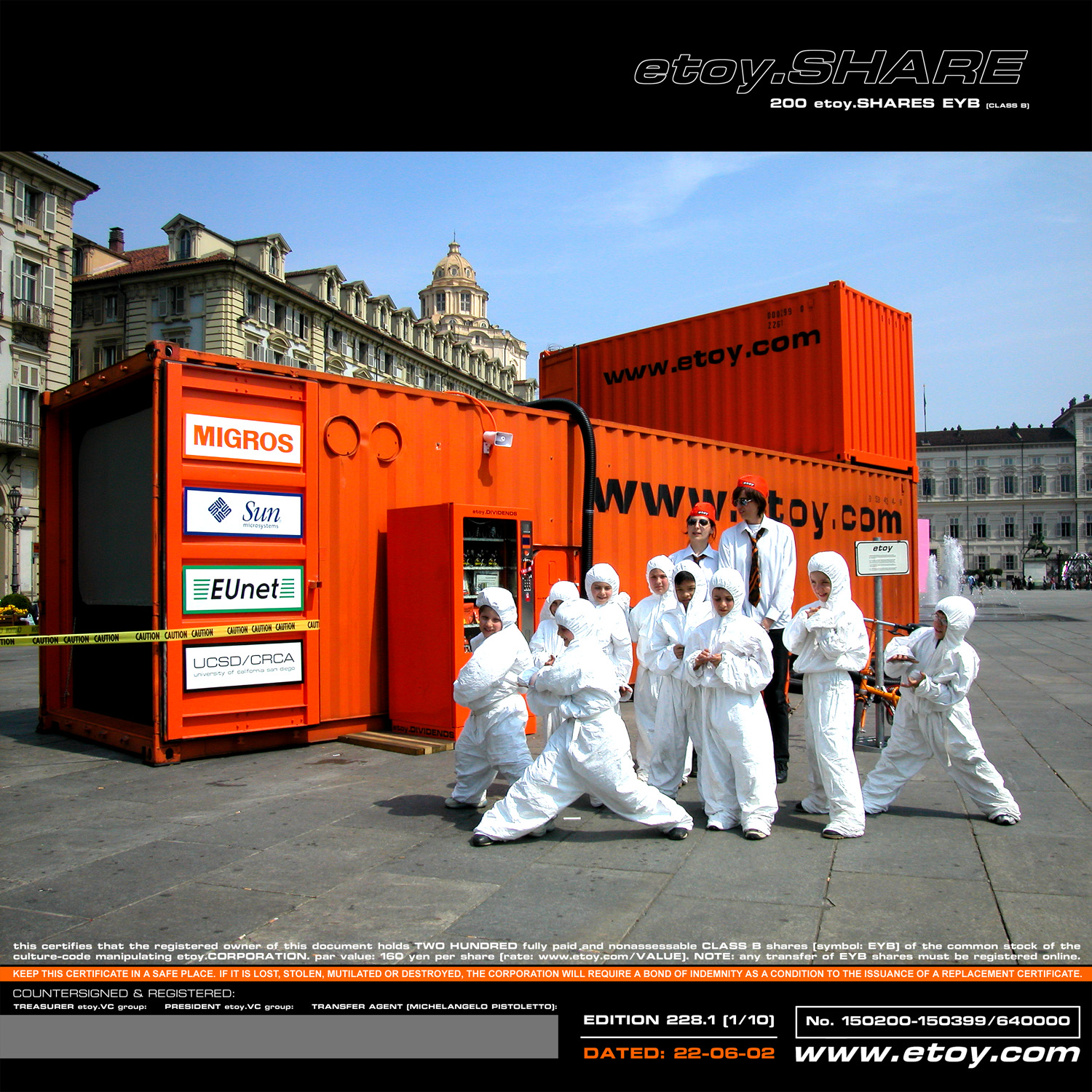 Etoy share certificate
Etoy share certificate
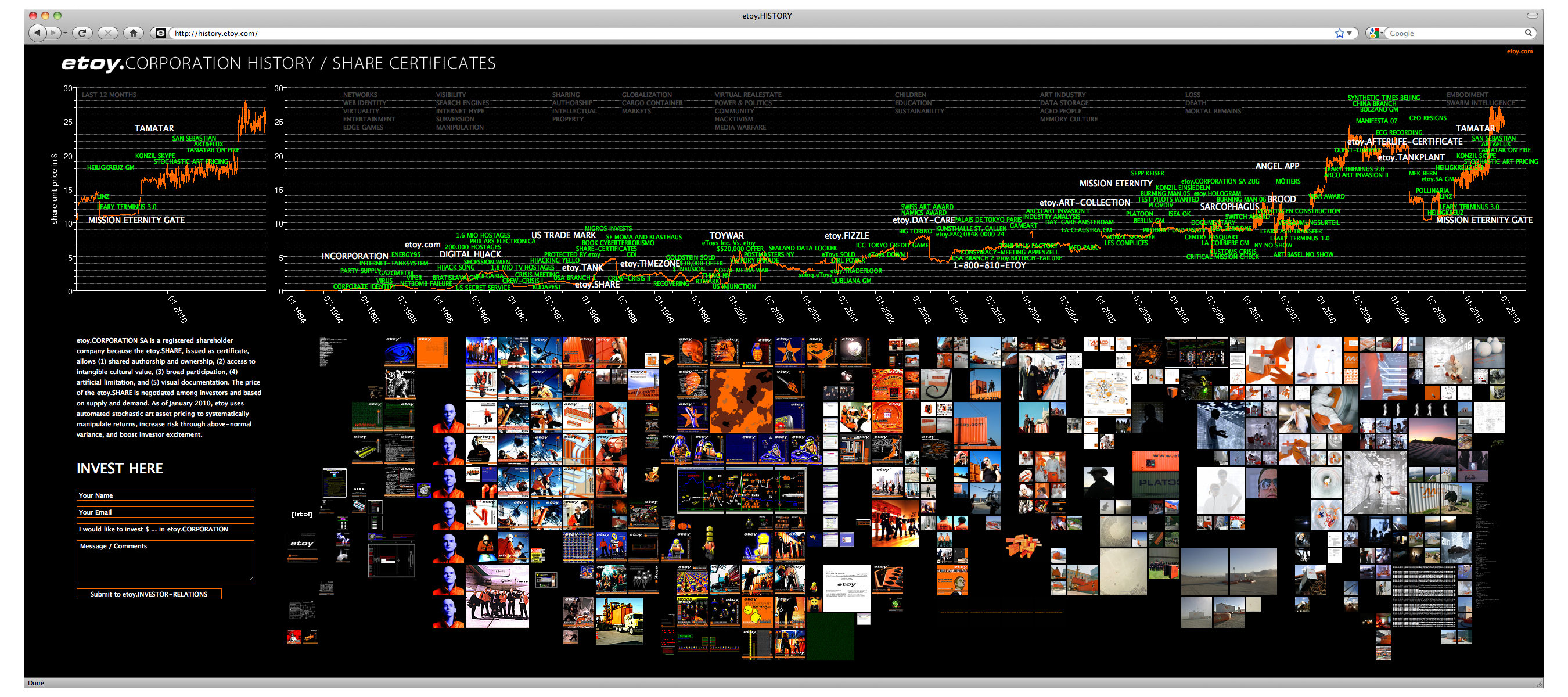 Etoy corporation history
Etoy corporation history
 Etoy hologram
Etoy hologram
 Who owns Etoy?
Who owns Etoy?
 Etoy share certificate
Etoy share certificate
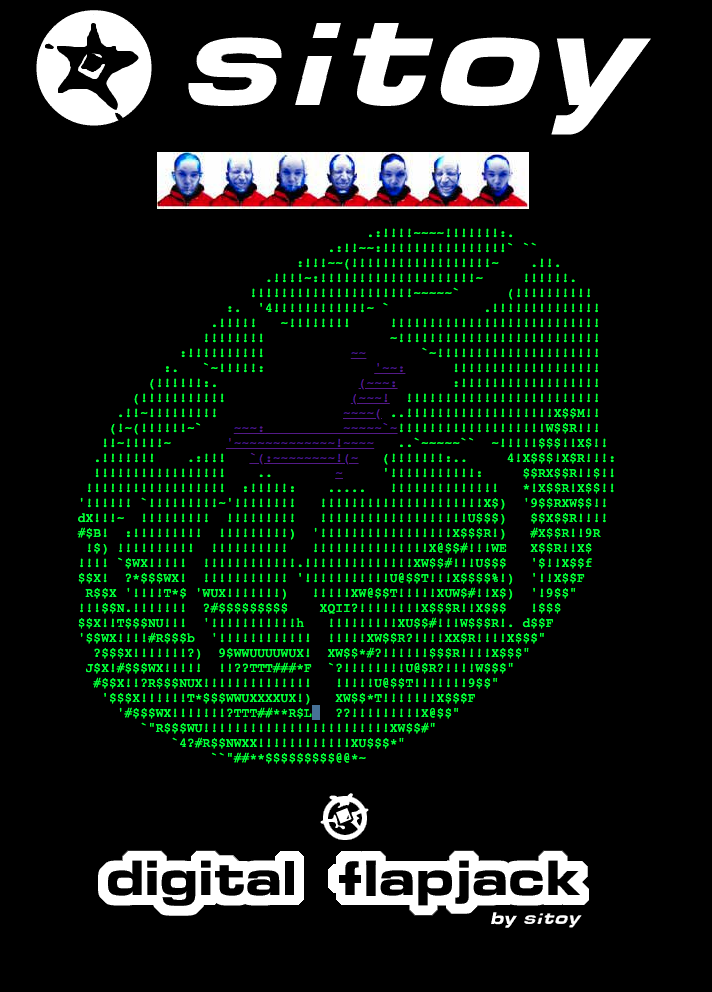 Digital Flapjack, part of Digital Hijack
Digital Hijack (1996)
Digital Flapjack, part of Digital Hijack
Digital Hijack (1996)
etoy.CORPORATION, an art group registered as a Swiss corporation, has been using internationally standardized (physical, virtual, legal and technical) containers to construct a global corporate sculpture since 1994. This "corporate sculpture" serves no purpose other than art - that is, the reflection of contemporary culture and its critical interaction with it.[1]
etoy.CORPORATION is art and invests all resources in the production of art beyond traditional dimensions. The aim is to take the resources, tools and legal framework of our time to create a corporate sculpture - a shareholder company registered in Zug/Switzerland that has no other purpose than cultural value. The privately held company etoy.CORPORATION SA issues etoy.SHARES (more information) to compensate its artists, investors, collectors and supporters. etoy.VENTURE association was founded 1994 and is registered in Zurich. This non-profit organization operates etoy.TANK-PLANTS in various cities, takes care of etoy.SOCIAL-ACTIVITIES, runs etoy.DAY-CARE and establishes MISSION ETERNITY - a digital cult of the dead. [2]
In the years 1999 to 2001, there was also a brand and domain name conflict with the American company eToys Inc., which became the largest online toy retailer during the boom years and reached a peak market value of around 10 billion US dollars. The fight for the rights to etoy.IDENTITY went down in history as a "TOYWAR" and is now part of textbooks. More than 400 international media have reported (from the New York Times and CNN, Art in America, to the Wall Street Journal). The group etoy has rejected very high financial offers of the counterparty precisely because the defense and preservation of the abstract identity container (TRADE MARK) in the case of etoy is much more important than the identity of the individual agents.[1]
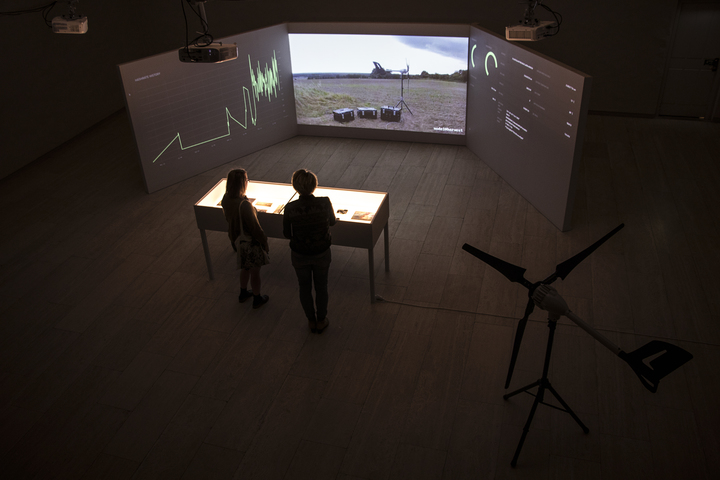 Julian Oliver - Harvest, Wind energy used to mine cryptocurrency to fund climate research, 2017. Photo by Alexandra Magnusson
Julian Oliver - Harvest, Wind energy used to mine cryptocurrency to fund climate research, 2017. Photo by Alexandra Magnusson
 Julian Oliver - Remote Install, 2013. Installation of Software Art as Software Art Installation
Julian Oliver - Remote Install, 2013. Installation of Software Art as Software Art Installation
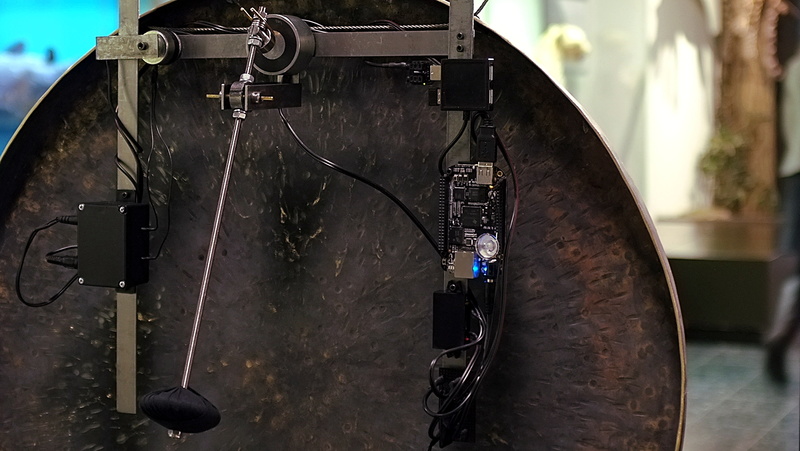 Julian Oliver, Crystelle Vu - The Extinction Gong, 2017. A ceremonial automaton for the Sixth Mass Extinction
Julian Oliver, Crystelle Vu - The Extinction Gong, 2017. A ceremonial automaton for the Sixth Mass Extinction
Julian Oliver is a New Zealander, Critical Engineer and artist based in Berlin. His work and lectures have been presented at many museums, galleries, international electronic-art events and conferences, including the Tate Modern, Transmediale, the Chaos Computer Congress, Ars Electronica, FILE and the Japan Media Arts Festival. Julian has received several awards, most notably the distinguished Golden Nica at Prix Ars Electronica 2011 for the project Newstweek (with Daniil Vasiliev). He is the co-author of the Critical Engineering Manifesto and co-founder of Crypto Party in Berlin, who’s shared studio Weise7 hosted the first three crypto-parties worldwide. He is also the co-founder of BLACKLIST, a screening and panel series focused on the primary existential threats of our time.
Vuk Ćosić (born July 31, 1966 in Belgrade) is a Slovenian contemporary artist associated with the net.art movement. Active in politics, literature and art, Ćosić has exhibited, published, and been active since 1994. He is well known for his challenging, ground-breaking work as a pioneer in the field of net.art. His constantly evolving oeuvre is characterized by an interesting mix of philosophical, political, and conceptual network-related issues on the one hand, and an innovative feeling for contemporary urban and underground aesthetics on the other. One of the pioneers of net.art, Ćosić became deeply interested in ASCII code during a long period of research (1996–2001) on low-tech aesthetics, the economy, ecology and archaeology of the media, on the intersections between text and computer code, on the use of spaces in information, its fluid nature and infinite convertibility. Out of this came History of Art for the Blind, ASCII Unreal (an art game), ASCII Camera, ASCII Architecture, Deep ASCII and ASCII History of Moving Images, a history of the cinema converted into text format. He is a co-founder of Nettime, Syndicate, 7-11, and Ljubljana Digital Media Lab. [1]
After the golden days of net.art, he decided to become an ASCII artist. Why ASCII? For several reasons: because it existed before computing; not everyone takes it seriously, it's rather ugly (won't be recuperated by the art world very easily) and it's sexy (infected by hacker virus).[2]
Vuk Cosic was the Slovenian representative to the Venice Biennale in 2001, he’s the co-founder of Ljudmila — a digital media lab for artists in Slovenia and of the ASCII Art Ensemble and of course he’s a pioneer in the field of net.art. He gained the notoriety for having copied the DocumentaX website in 1997. After the art event closed, the website was set to shut down. And it did closed, but not before Cosic copied it. And it’s still up.[3]
Claudia Hart (born 1955 in New York, NY) is an artist and associate professor in the Department of Film, Video, New Media, Animation at the School of the Art Institute of Chicago, Chicago, Illinois. She is represented by bitforms gallery, New York. Hart has been active as an artist, curator and critic since 1988. She creates virtual representations that take the form of 3D imagery integrated into photography, animated loops and multi-channel animation installations. [1]
Hart's work applies a feminist perspective to a discussion of digital technology and a critique of the media. Much of her work attempts to introduce women into a male-dominated technological culture and condemn the violent impulses of a masculine digital production environment. In her artist statement, Hart says, "By creating virtual images that are sensual but not pornographic within mechanized, clockwork depictions of the natural, I try to subvert earlier dichotomies of woman and nature pitted against a civilized, "scientific" and masculine world of technology. In my own way, I am staging a romantic rebellion against technocratic and bureaucratic culture." [1]
Jan Robert Leegte is among the first artists who were involved in the 90s NetArt movement. Since 1997, he creates art in the form of websites, which he connects to art historical movements such as minimalism, land art and conceptualism. Leegte also translates the themes of his work to offline media such as print, sculpture and projections. A reoccurring theme in his work is the sculptural materiality of interfaces of computer programs. Like the early graphic design of cursors, selection boxes and menu bars that were to give the user the impression of actually physically pressing the buttons with graphic shadows. Leegte often uses these components and by placing them in a new context, giving them their own, sculptural legitimacy. [1]
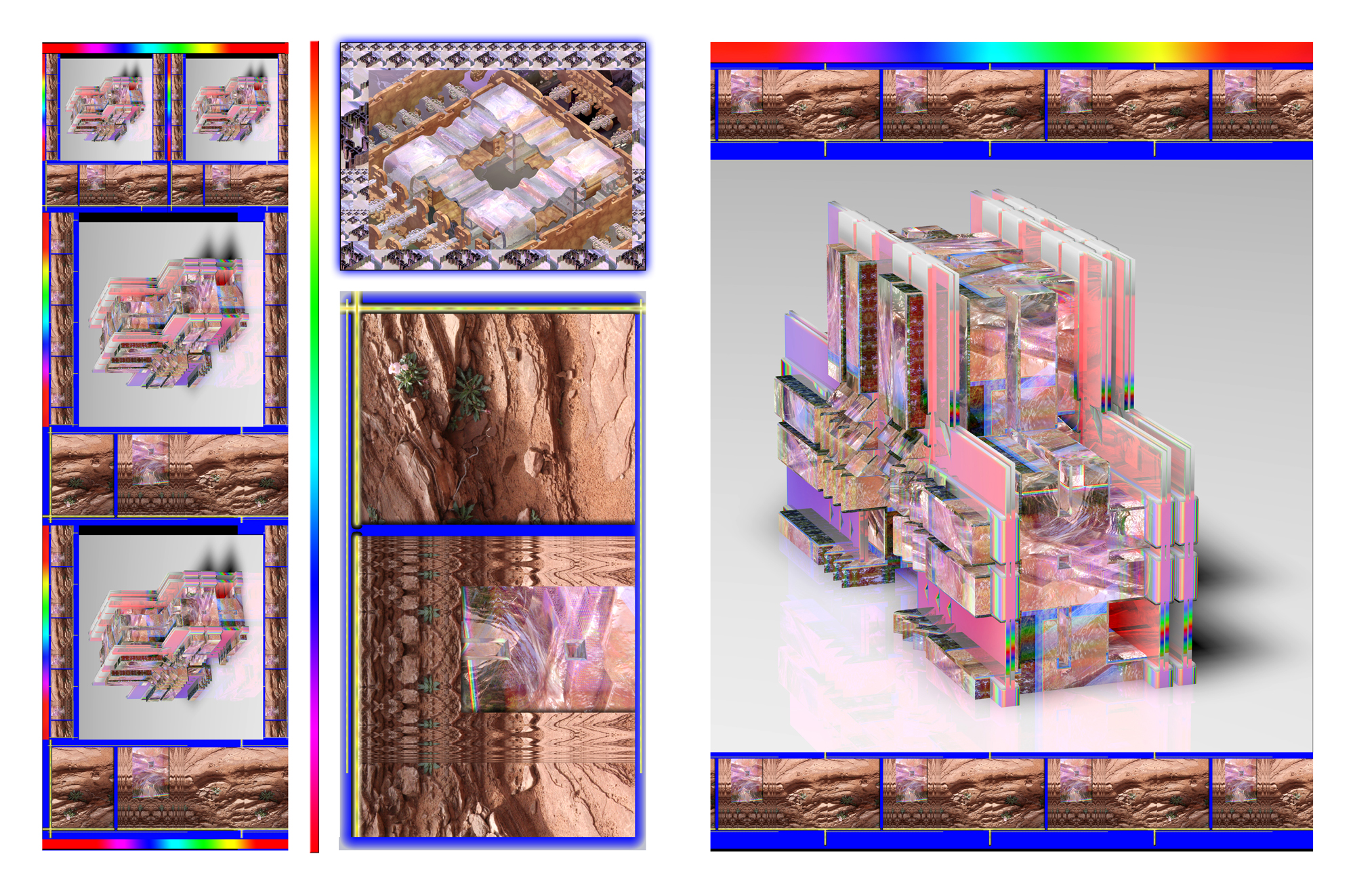 Module Generator Unit or Array
Module Generator Unit or Array
 Area Transduce
Area Transduce
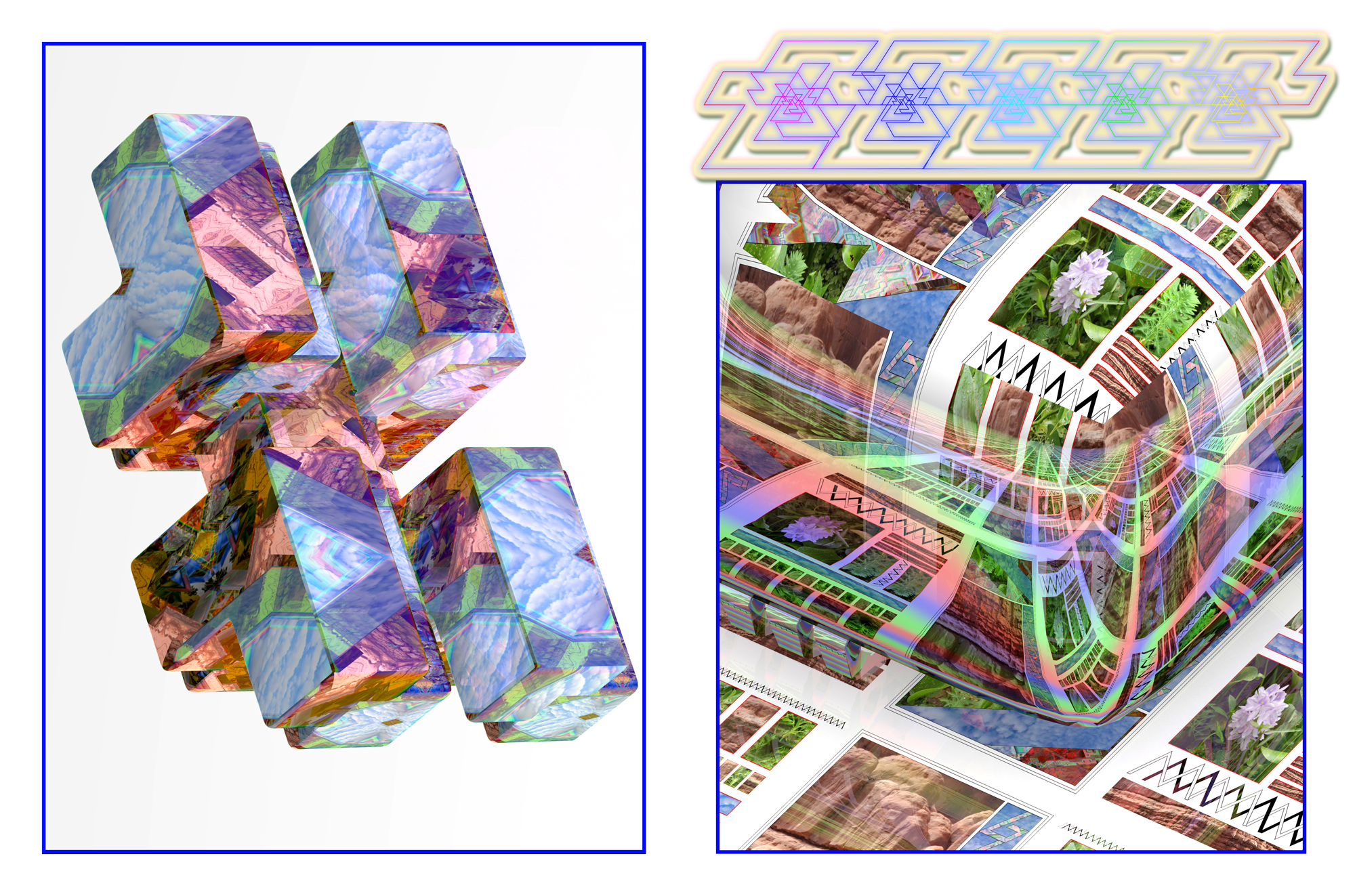 Plant Transmitter Guide
Visible Cloaks & Brenna Murphy - Permutate Lex
MSHR - Wave Guide Edifice
Plant Transmitter Guide
Visible Cloaks & Brenna Murphy - Permutate Lex
MSHR - Wave Guide Edifice
Brenna Murphy (born 1986) is an American artist based in Portland, Oregon. Her works combine digital and physical input, combining psychedelic visual forms with three-dimensional objects. Murphy's work has been called strange, but with an "uncanny familiarity." Murphy thinks of herself as a channel that mediates between the digital and the physical. She privileges neither the physical nor the virtual and her sculptures are models of her net-based works as much as her net-based works are models of her sculptures. [1]
Her exhibition Liquid Vehicle Transmitters appeared at the Yerba Buena Center for the Arts in San Francisco, CA in 2013. The exhibit featured prints and physical representations of her internet-based work, forming "an interactive arena of labyrinthine sculptures". An auxiliary installation featured the audiovisual work of MSHR, her collaboration with Birch Cooper. Her work has been exhibited online via the New Museum and in group shows including This is what sculpture looks like, at the Postmasters Gallery in New York City. Her work has been collected in the book Domain~Lattice. [1]

